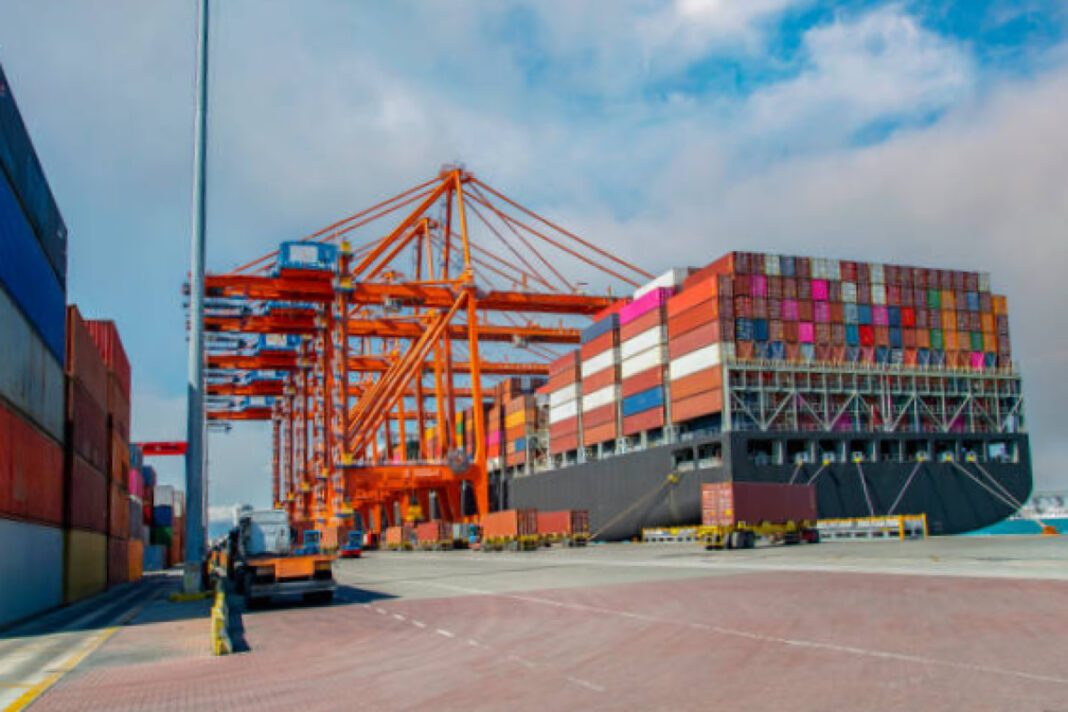Union Minister of Ports, Shipping and Waterways, Sarbananda Sonowal, inaugurated the Inland Waterways Terminal (IWT) at Jogighopa, Assam, a major step toward improving trade and connectivity in Eastern India. Built at $9.8 million, the terminal aims to strengthen trilateral trade links between India, Bhutan, and Bangladesh. To mark the occasion, the Minister flagged off two ships—MV Padma Navigation-II and MV Trishul—along with two barges, Ajay and Dikshu, carrying 110 metric tonnes of coal and stone chips to Bangladesh.
Strategically located on the Brahmaputra River, Jogighopa serves as a crucial port under the Indo-Bangladesh Protocol on Inland Water Transit and Trade (PIWTT). It forms part of the Bharatmala Programme’s economic corridor and lies just 108 km from the Bangladesh border, 91 km from Bhutan’s Gelephu, and 147 km from Guwahati. The terminal is directly connected to the Multi-modal Logistics Park (MMLP) at Jogighopa via a four-lane road and NH-17, with a proposed railway link in the pipeline to further enhance connectivity.
With an initial handling capacity of 1.1 million tonnes per annum (MTPA), the terminal will facilitate the transport of diverse commodities including food grains, fertilizers, bitumen, crude oil, edible oil, fly ash, imported coal, and stone chips. Its link to major trade hubs like Kolkata and Haldia further amplifies its role in boosting regional commerce. Bhutan’s Minister of Industries, Commerce, and Employment, Lyonpo Namgyal Dorji, attended the inauguration, highlighting the terminal’s significance in fostering cross-border trade.
The Inland Waterways sector in India has witnessed significant growth over the past decade, with a 767% increase in operational national waterways and a 727% rise in cargo volume. Budget allocations have surged by 860%, contributing to a 22% CAGR in cargo traffic, which rose from 18 million tonnes to 133 million tonnes in FY 2023-24. The Jogighopa terminal is part of broader efforts to develop inland waterways in the Northeast, including projects on National Waterway-2, ship repair facilities at Pandu, and last-mile connectivity at Bogibeel and Pandu. This terminal is set to become a vital node in regional logistics, fostering economic integration and improving cargo movement efficiency.





